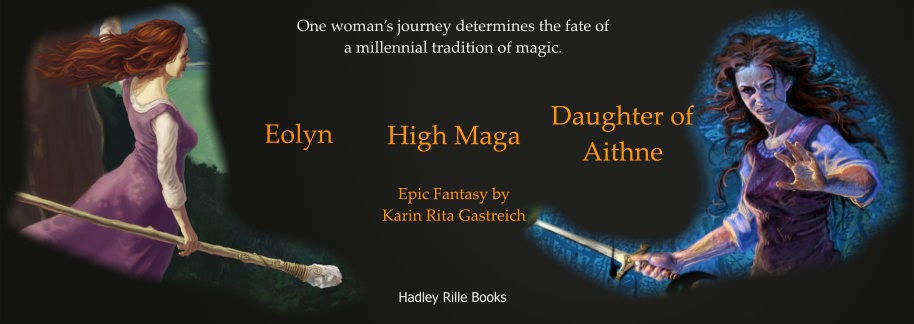La Selva,
Puerto Viejo de Sarapiqui, Costa Rica
Notebook:
Today we saw
Peccaries Bullet ants
Iguanas Stingless bees
Motmots Poison dart frogs
Howler monkeys
Strangler figs
Cycads and palms
Pipers and Melastomes
The Kapok (also called Ceiba) tree with its pale towering trunk
Inch worms
Millipedes
Crazy fruits
Roots that smell like
pepper
Leaves that climb trees
Cement paths over
nascent swamps
Fish the color of mud
Butterflies with a flash
of sky on their wings
Tonight it rains water
upon water upon water
Frogs chirp and crickets
croak.
~*~
Reflection:
 |
| The Stone Bridge brings the visitor across the Sarapiqui River and into La Selva's forest. |
Today I gave an introductory lecture to the NAPIRE group about the
forging of Central America.
This is a story I like
to tell, one that I’ve shared with many different audiences in just as many
different ways: How this mass of stone and fire tumbled upward from the ocean
floor, laying a bridge between two worlds that had been separated nearly 140
million years.
The landscape
of Central America, a crucible of perpetual struggle for control over the Panama strait and the San Juan River, was fixed at least a million years before the
first individuals of the genus Homo walked the plains of Africa.
Fate determined by
geography, or perhaps better stated, fate determined by the interaction between geography and human ambition.
Was there something in
the creative impulse behind Central America that “reached” toward this role in the
history of the planet? Islands rose,
sank, and rose again. Land masses moved north and east to make room for other
contenders, fingers lengthened their reach toward the two continental land masses,
until at last the gap was closed and the Great American Faunal Exchange
ignited.
What was the Great American
Faunal Exchange? An explosion of movement by animals, 3-5 million years ago, that marked the reunion of North and
South America, and laid the foundation for a rich mosaic of ecosystems that
characterizes Costa Rica today.
We’ve had countless bridges
built across our history: physical, emotional, economic, psychological. Often
these bridges have brought opportunity, exchange, new horizons and a brighter
world.
 |
| Some of the animals that participated in the Great American Faunal Exchange. |
Today I ask myself, “What
kind of bridge do I want to be?”
I don’t want to be a
Christopher Columbus bridge or a Captain Cook bridge. I don’t want to build bridges that conquer, homogenize, trample, or reduce.
I want to be a Costa
Rica bridge; to tumble upward and stretch my spirit between worlds, to build
new landscape for an extraordinary future; to lay down fertile soils that
support verdant forests, to establish a place where diverse peoples find a
common home.
This is my wish for the future. It’s a wish that seems within reach as NAPIRE 2014 gets
underway, because in La Selva I'm not the only one who seeks to build this kind of bridge.
